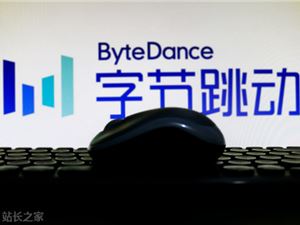ByteDance recently launched its new AI project, DreamActor-M1, aiming to replicate the functionality of Runway Act-One. Leveraging advanced generative AI technology, it transforms actor performances in videos into virtual animations with enhanced precision and expressiveness. This announcement has quickly garnered widespread attention from the industry and netizens alike, marking another significant step for ByteDance in the AI video generation field.
Technological Breakthrough: Ambition to Surpass Runway Act-One
Public information reveals that DreamActor-M1's core objective is to capture actors' facial expressions, movement rhythms, and emotional nuances, seamlessly transferring them to any virtual character. Similar to Runway's Act-One, this technology allows users to generate highly realistic and expressive animated content simply by uploading a performance video. However, ByteDance claims that DreamActor-M1 surpasses existing technologies in detail capture and emotion preservation, particularly excelling in handling complex expressions and subtle movements. Social media discussions show industry insiders are highly optimistic about its potential, believing it could redefine industry standards for generative characters.
ByteDance has been highly active in the AI creation field in recent years. From Dreamina (now renamed JiMeng AI) with its text-to-image and video generation capabilities, to X-Portrait2's facial motion generation technology, and open-source projects like Agent TARS and UI-TARS, the company is gradually building an AI ecosystem encompassing images, videos, and interactive interfaces. The launch of DreamActor-M1 is clearly a crucial part of this strategy. Analysis suggests that this project may integrate ByteDance's latest research findings in multimodal AI and deep learning, creating synergy with previous technologies and further solidifying its competitiveness in AI video generation.
Application Prospects: From Virtual Anchors to Film Production
Social media users have enthusiastically discussed potential applications for DreamActor-M1. One netizen commented, "Imagine using it to create virtual anchor animations or game character animations; it would significantly reduce costs and time." Another anticipates its use in film production, believing it could offer more possibilities for independent creators. Currently, ByteDance hasn't announced a specific release date or technical details for DreamActor-M1, but social media feedback suggests the project is in the internal testing phase and is expected to officially launch within 2025. With the intensifying competition in AI video generation technology, the success or failure of DreamActor-M1 could be a key battleground between ByteDance and Runway.
As a company driven by AI technology, ByteDance has continuously expanded its global influence in recent years. The launch of DreamActor-M1 not only showcases the innovative strength of Chinese companies in the AI field but also signifies the broader application of generative AI technology in the creative industries. As more details emerge, this project will undoubtedly become a focal point where technology and art converge.







